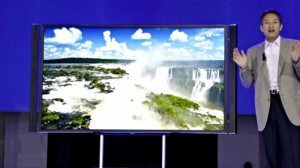
UNLESS YOU’VE BEEN hiding under a rock over the last few weeks, the odds are that you’ve had to endure your fair share of hype from the world’s biggest tech expo, the Consumer Electronics Show, otherwise known as CES.
And as you probably already know, TVs were at the very top of the CES hype list.
At the previous year’s show, the usual suspects had hawked their respective TV tech, and 3D was a bigger than huge deal. OLED TVs also appeared, along with monster- sized 4K capable screens (that is, displays that are capable of 4x the resolution of today’s top HD screens, otherwise known as Ultra HD).
Buying an HD flat screen TV is already a convoluted process that sees the poor consumer navigating a sea of baffling specifications, but now it’s about to get even more complicated with consumers already confusing OLED and 4K Ultra HD technologies with each other.
OLED
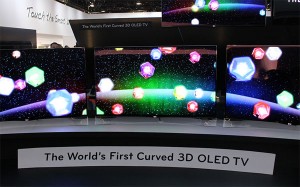 OLED (organic light emitting diode) TVs were also pushed at the 2012 trade show (even though none made it to market in NZ last year), and their ability to display incredibly vivid, saturated colours with jaw dropping contrast levels made me want one so bad it hurt. Suddenly, those high-end LCD and plasma TVs I’d been lusting after didn’t seem quite as exciting.
OLED (organic light emitting diode) TVs were also pushed at the 2012 trade show (even though none made it to market in NZ last year), and their ability to display incredibly vivid, saturated colours with jaw dropping contrast levels made me want one so bad it hurt. Suddenly, those high-end LCD and plasma TVs I’d been lusting after didn’t seem quite as exciting.
4K Ultra HD
Having recently checked out Sony’s monster 4K ultra HD TV, there was a whole lot about it that appealed to my inner AV geek. Sporting 4x the resolution of a standard 1080p HD TV, pinprick sharp detail was suddenly visible, making me feel like I’d been watching 1080p HD without the appropriate eye-wear.
4K/OLED confusion
Both OLED and Ultra HD TVs produce eye-popping videos that are even more impressive than anything you’re likely to see on even a state of the art 1080p plasma or LCD TV. The two technologies are completely different things even if they are complimentary.
The difference? OLED is a display technology and 4K is a screen resolution. On an OLED HDTV, colours are incredibly vivid, and like plasma, black backgrounds are darker than night while white is whiter than white. Unlike LCD TVs, fast motion is liquid smooth.
4K Ultra HD TVs however, feature incredibly sharp pictures because there are four times as many pixels packed into the same display space as you’d get with a 1080p HD TV. In a nutshell, this allows the TV to display itty-bitty details that you’d otherwise miss with standard def or HD TVs.
Sadly, even if you can afford one of these TVs (and if any OLED TVs even make it to this part of the world), there are gotchas. No one broadcasts in 4K (it’d use a colossal amount of broadcast spectrum) and even Blu-ray discs don’t have enough space to store a full feature length movie and features in 4K resolution. At the moment, Sony supply buyers of their $34,995 85-inch 4K Bravia with a special server containing a bunch of specially formatted content.
There is light at the end of the 4K tunnel, though. Most 4K sets showcased at CES could up-convert HD into 4K. Having seen this done with my own two eyes at the Wellington Sony Store, I was impressed with the quality of the up scaling.
The one 4K TV I have seen so far was LCD, but as you’d expect, perfection would be a 4K OLED TV, which would be capable of belting out the eyeball melting vividness of OLED along with the razor sharp resolution of 4K.? So far Sony, Samsung and LG all have OLED TVs in the pipeline, but meeting the demands of the insatiable North American market will probably mean that their arrival in our tiny nation is going to be anything up to a six months or away.? One thing is for sure, they won’t be cheap. LG’s first commercially available OLED TV, the 55-inch 55EM960V, will retail at a sobering US$12,000 when it launches in March.
Even if these prices are likely to limit early sales to posers with more money than sense (okay, that’s jealousy talking), these latest generation TVs will be crammed with some serious goodies. Samsung’s 55-inch F9500 OLED will let two people watch different channels on the same screen at the same time when they wear the bundled 3D glasses. It’ll also have a muscular spec including a quad-core CPU and will work with both voice and gestures (very Minority Report). Oh, and all the usual smart TV stuff will be there too. PAT PILCHER

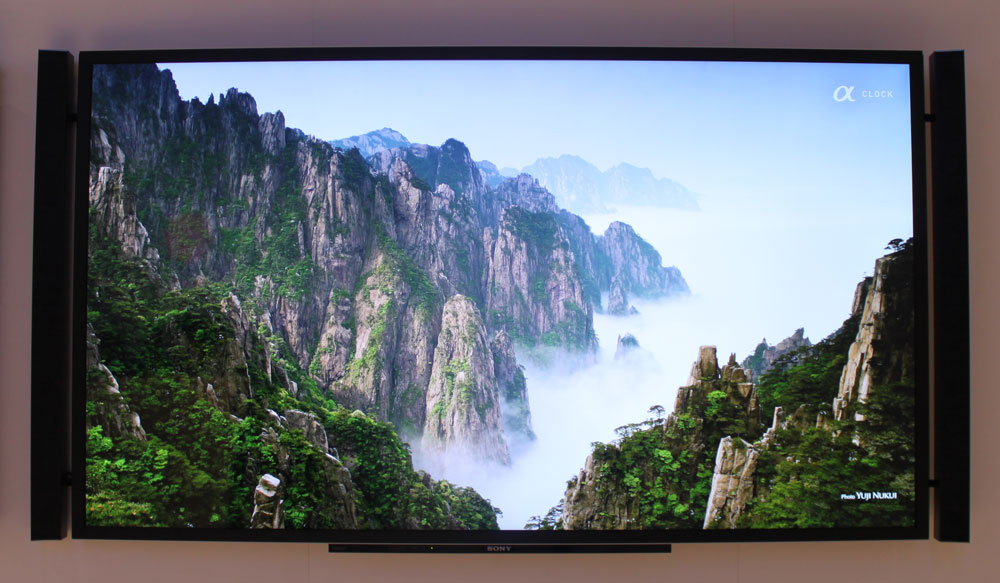


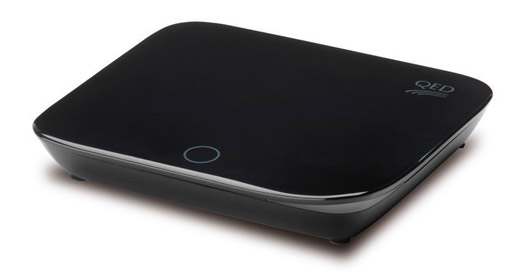
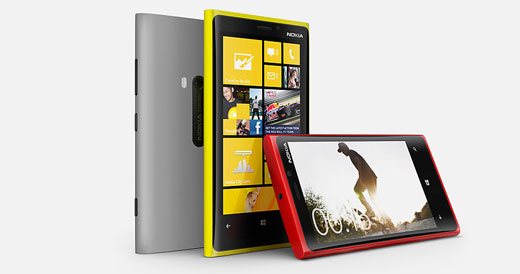

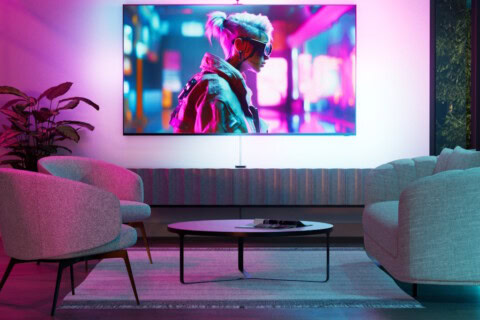
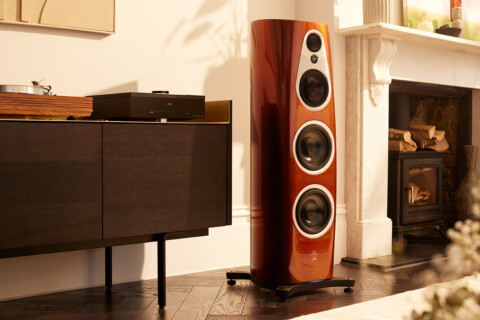
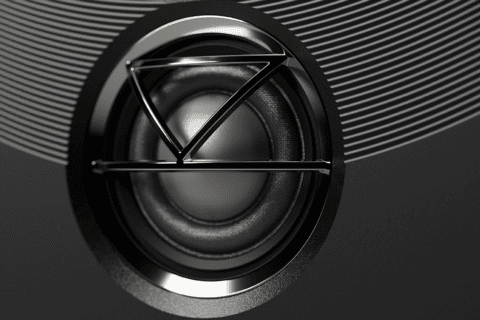
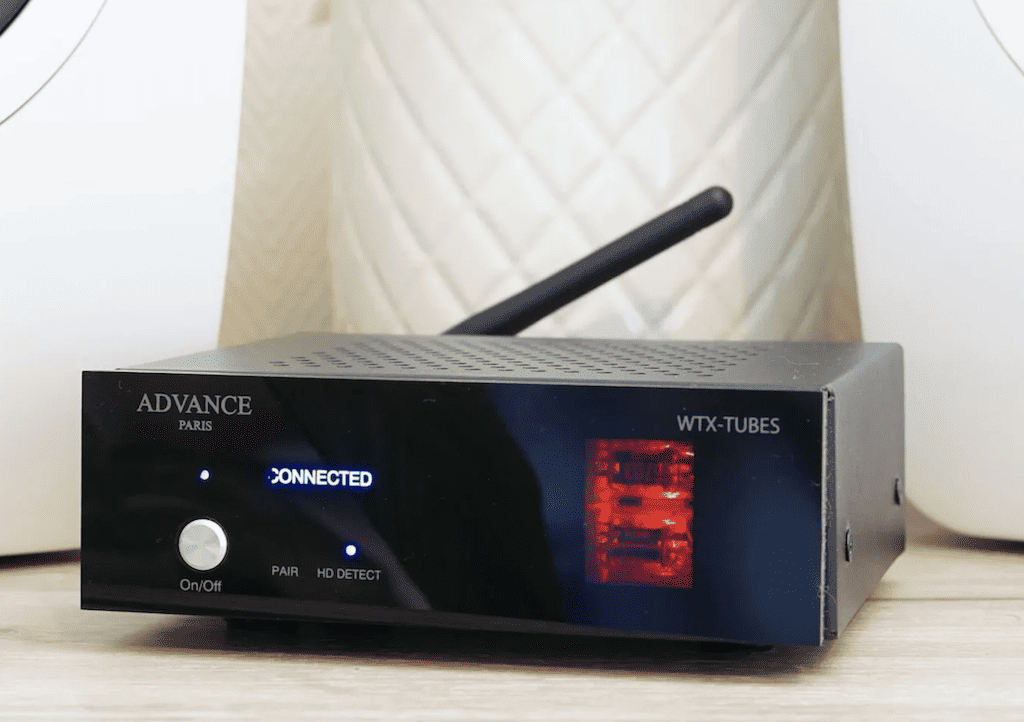

My pick is that we will get the LG OLED before North America.
We certainly saw their 84″ Ultra HD TV for sale in NZ ($24999) well before North America. Apparently NZ’s release dates have been ahead of the US of A on quite a few occasions…
I’m looking forward to seeing an OLED running standard BluRay / MySky content to see how it will perform in the real world. I saw them last year at CES, but that was running solely on demo material.